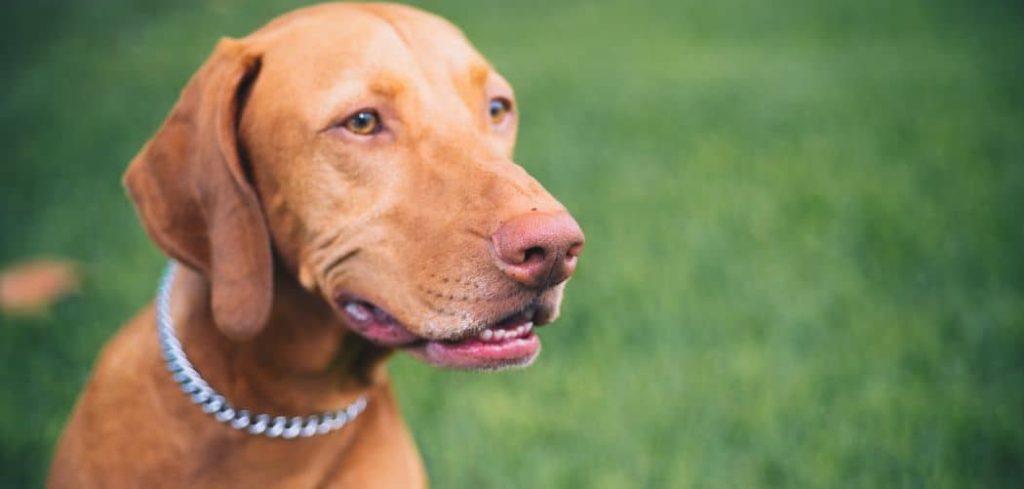When your dog is drinking a lot of water and panting heavily, it might seem like they’re just cooling down—but in many cases, these symptoms point to something more serious. Excessive thirst combined with abnormal panting may signal underlying illness, heat-related stress, or internal imbalance.
We outline the common causes of dog drinking a lot of water and panting, what you can do at home, and when to seek veterinary help.
Dog Drinking a Lot of Water and Panting — Why It Happens
Panting and drinking excessively can be caused by heat exhaustion, pain, anxiety, Cushing’s disease, diabetes, or organ dysfunction. While panting is a natural way for dogs to regulate body temperature, pairing it with excessive thirst often suggests a medical or environmental cause that needs attention.

Common Causes of Dog Drinking a Lot of Water and Panting
Heat Exhaustion or Overheating
Dogs pant to cool down, and high temperatures can cause them to drink more water to stay hydrated.
However, prolonged panting and thirst in warm environments may indicate heat exhaustion.
Look for drooling, bright red gums, vomiting, or collapse. Heatstroke is an emergency that needs immediate cooling and vet care.
Anxiety or Stress
Panting and drinking more water can also stem from nervousness, fear, or separation anxiety.
This is often seen during storms, travel, or changes in routine.
Other signs may include pacing, whining, or hiding. Behavioral training, calming aids, or vet-prescribed medication can help.
Read more: Dog Drinking a Lot of Water and Not Eating (What it means)
Pain or Discomfort
Dogs may pant when in pain, and some will drink more water when feeling unwell.
Causes of discomfort range from arthritis to internal conditions like pancreatitis or bloat.
Monitor for limping, restlessness, or changes in appetite.
Cushing’s Disease
Cushing’s causes excess cortisol production, which leads to both increased thirst and heavy panting.
Additional symptoms may include hair loss, a pot-bellied abdomen, and muscle weakness.
Bloodwork and hormone testing are needed for diagnosis, and treatment may involve daily medication.
Diabetes Mellitus
Dogs with diabetes often show signs of increased thirst and panting, especially if their blood sugar is out of balance.
You may also see increased urination, appetite, or lethargy.
Prompt diagnosis and insulin treatment are essential to prevent complications.
Heart or Lung Disease
Conditions like congestive heart failure or respiratory disorders can cause labored breathing and excessive panting.
Dogs may drink more due to poor oxygenation or medication side effects.
These cases typically require diagnostic imaging and long-term medical management.
What to Do If Your Dog Is Drinking Excessively and Panting
Move your dog to a cool, quiet area and offer water in small, frequent amounts.
Avoid exercise or stimulation until panting slows and your dog appears calm.
Monitor for other symptoms such as vomiting, coughing, or collapse.
If the panting persists for more than 15–20 minutes without clear cause, consult a veterinarian.
Take note of any environmental triggers or patterns that may help your vet assess the issue.
When to Call or Visit Your Vet
Contact your vet if your dog:
Pants heavily without recent activity or heat exposure
Drinks more water than usual with no change in diet or weather
Shows signs of pain, anxiety, or behavioral changes
Has symptoms like vomiting, weakness, coughing, or pale gums
Has a known condition like diabetes or heart disease and symptoms worsen
Your vet may perform blood tests, X-rays, or hormone panels to diagnose the issue.
Read more: Dog Drinking a Lot of Water and Vomiting (Here’s why)
Key Takeaway
When your dog is drinking a lot of water and panting, it’s often more than just thirst—it could indicate illness, pain, or overheating.
Observe closely, limit stress or heat exposure, and seek veterinary care if symptoms persist or worsen. Early attention keeps your dog safe and comfortable.
